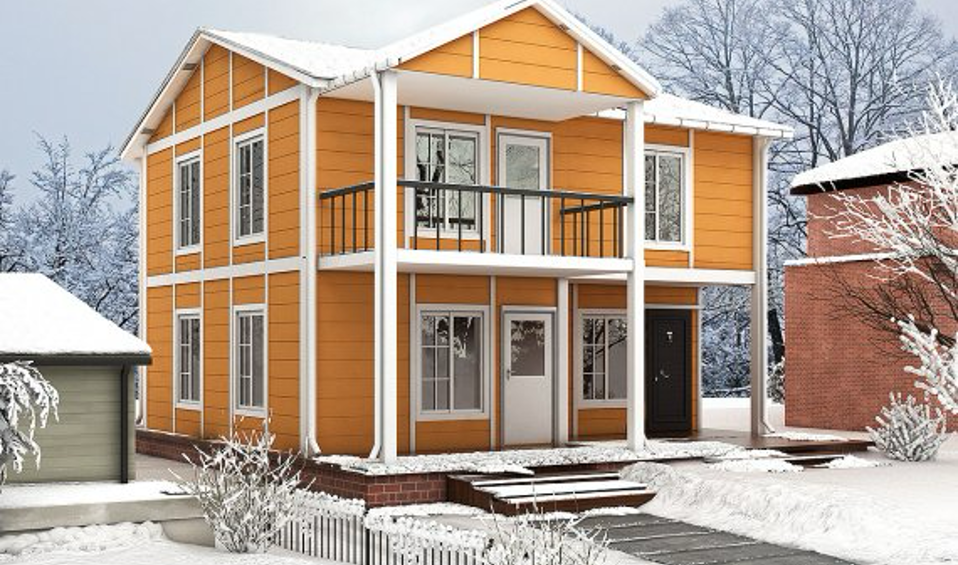Prefabricated homes, also known as prefab homes or modular homes, have gained popularity as an affordable and sustainable housing option. However, several myths persist around them. In this article we debunk 9 commonly held misconcseptions about prefabricated homes:
- Prefab Homes Are Poor Quality: In reality, prefab homes are manufactured to very high standards of quality including ISO 9001 and related quality standards . In most cases, the quality of prefabricated homes surpasses those of stick-built homes. They are typically built to meet the International Residential Code (IRC), which meets and exceeds many provincial building codes. Due to the flexibility of the manufacturing process, prevailing provincial building code requirements can be fully factored into the production of units for specific provinces. The flexibility of the manufacturing process also means that each unit can be customized whilst ensuring stability and durability.
- Prefab Homes Are Flimsy: The perception that prefab homes are flimsy could not be farther from the reality. These homes are engineered to withstand transportation, assembly, and long-term use. Factors such as earthquake conditions, snow loads, winds speeds, and insulation are also fully taken into account in the design, production, and assembly process.
- Prefab Homes Never Last: Some assume that prefab houses are of low quality and have a shorter lifespan. However, as indicated in points 1 and 2 above, prefabricated homes are manufactured to high standards and undergo regular maintenance to ensure longevity. The combination of steel frames, cement board walls and concrete foundations and decking provides structural integrity.
- Prefab Homes Are Temporary Solutions: Some believe that prefab homes are temporary solutions, especially for disaster relief or short-term housing. However, many prefab homes are designed for and serve as permanent residences. They offer comfort, durability, and long-term value, challenging the notion that they’re only for temporary use.
- Prefab homes have no resale value: Because the quality of modular homes is often better than that of stick-built homes they appreciate at a similar rate, if not higher, than traditional stick-built homes in the same neighbourhood.
- Prefab Homes Look Alike: Contrary to the belief that all prefab homes look the same due to mass production, they come in various styles. As you can see from the images associated with this article, innovation has led to a wider variety of design and materials that rival properties built on-site. Homebuyers can customize their prefab homes to suit their needs, and preferences.
- Prefab Homes Won’t Fit Existing Lots: Some homeowners worry that prefab homes won’t fit their lots. However, because prefab houses are highly customizable, they can be designed to fit any specification. They can be built around lots of any size, making them adaptable to various locations.
- Limited Customization: While prefab homes have standard designs, customization options are abundant. You can choose finishes, layouts, and even add unique features. Our range offers fully customizable designs, allowing you to create a home that reflects your taste and lifestyle.
- Prefab Homes Are Only for Rural Areas: Prefab homes are versatile and suitable for both urban and rural settings. Whether you’re building in a city or a remote location, prefab homes can adapt to various environments. Their flexibility makes them a viable choice regardless of the setting.
To conclude, prefab homes have evolved significantly. They offer a blend of affordability, significantly shorter construction timeframes, environmental sustainability, efficiency, aesthetics, and customization, making them an appealing option for tackling Canada’s housing crisis.

